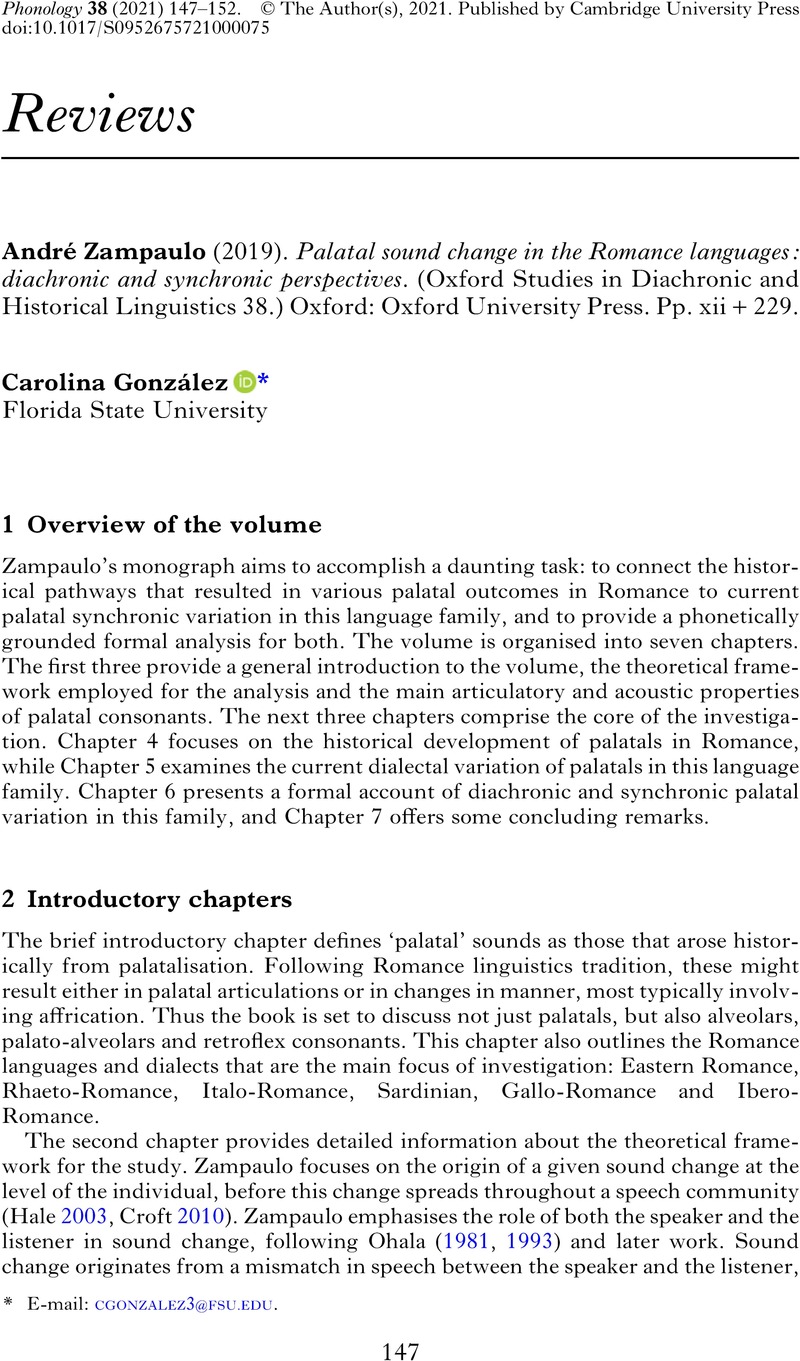Crossref Citations
This article has been cited by the following publications. This list is generated based on data provided by Crossref.
Owens, Kaitlyn
2025.
Clusters and complex segments in Strict CV.
Isogloss. Open Journal of Romance Linguistics,
Vol. 11,
Issue. 3,
p.
1.




